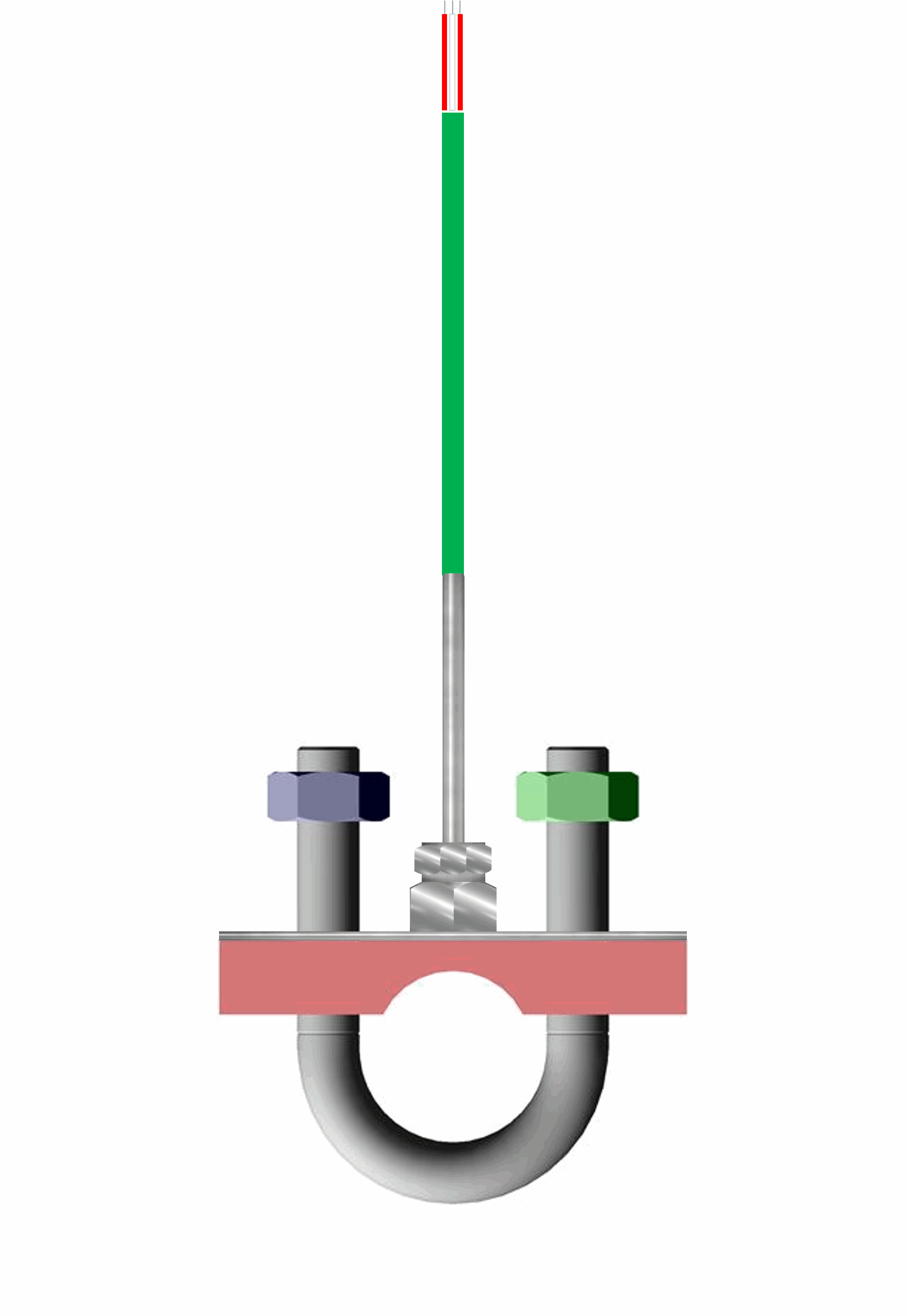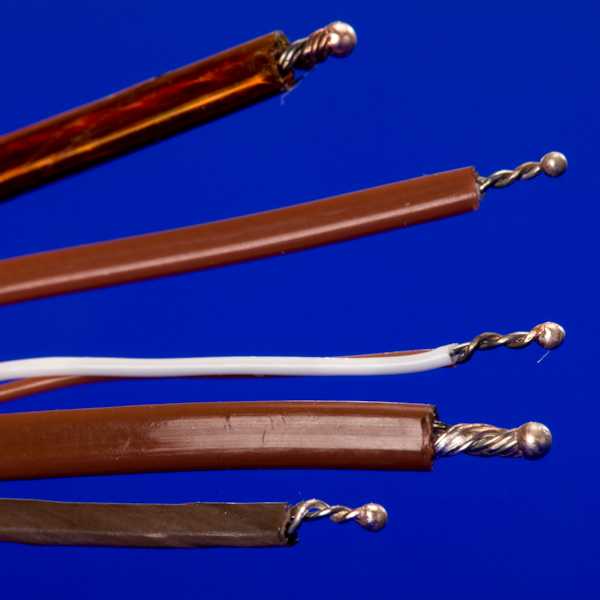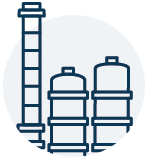What are the Main Types of Temperature Probe?
Temperature is one of the most commonly measured parameters, and there are many temperature probe variants to cover the vast range of processes, applications and environments we encounter. We have arranged our products into groups to help steer the customer to the correct product. Most products on the website have a PDF enquiry form to allow the customer to communicate the key dimensions and specifications required. However we are always there to help so if you need assistance call us on +44(0)1642 602878 or email sales@thermal-detection.com, or use our CONTACT page
The main groups of temperature probes are as follows:
Temperature probes with protection sheath and terminal head

Used for monitoring processes and plant across a wide range of temperatures and conditions. The detectors (thermocouple or RTD – see below) are encased at the end of a protective sheath. One (single), two (duplex), or sometimes three (triplex) detectors can be inside the sheath. The sheath is commonly 316 stainless steel but other metals and ceramics can be used. The sheath can also consist of mineral insulated cable – see ‘what is a mineral insulated temperature probe?’
Lead wires connect the detectors, through the sheath, to the terminal head. The sheath is packed with a stable refractory powder to protect the detectors and leads. The terminal head may contain a ceramic terminal block, or a temperature transmitter for 4-20mA output (see ‘what is a temperature transmitter?’). Cables are connected inside the head to take the output signal to the instrumentation.

A temperature insert with thermowell arrangement allows the temperature sensor itself to be removed without interrupting the process, for example where a re-calibration of the insert is required. Depending on the conditions the thermowell can be fabricated from tube stock or solid drilled for high pressure or harsh conditions.
Temperature Probes with Protection Sheath and Flying Leads:

This style of probe is mainly used in Pharmaceutical applications such as Autoclaves, fridges, freezers, cold stores, where a direct connection to the instrumentation is required.
The detectors are housed inside a protection sheath, and the sheath transitions to a cable with an insulating jacket selected for the environment it will be installed in. Examples are PFA or Silicone Rubber. The cable will contain either thermocouple cores or copper cores depending on the detectors in the sheath.
Pipe Clamp Probes
The temperature probe is housed within a pipe clamp arrangement for measuring the surface temperature of tubes and pipes.

Wire Probes
The detectors, mainly thermocouples but also can be PT100 detectors, are exposed and joined to leads. Used for mapping and validating temperature in , for example, cold stores, autoclaves, engines etc, where long flexible cable runs may be required









